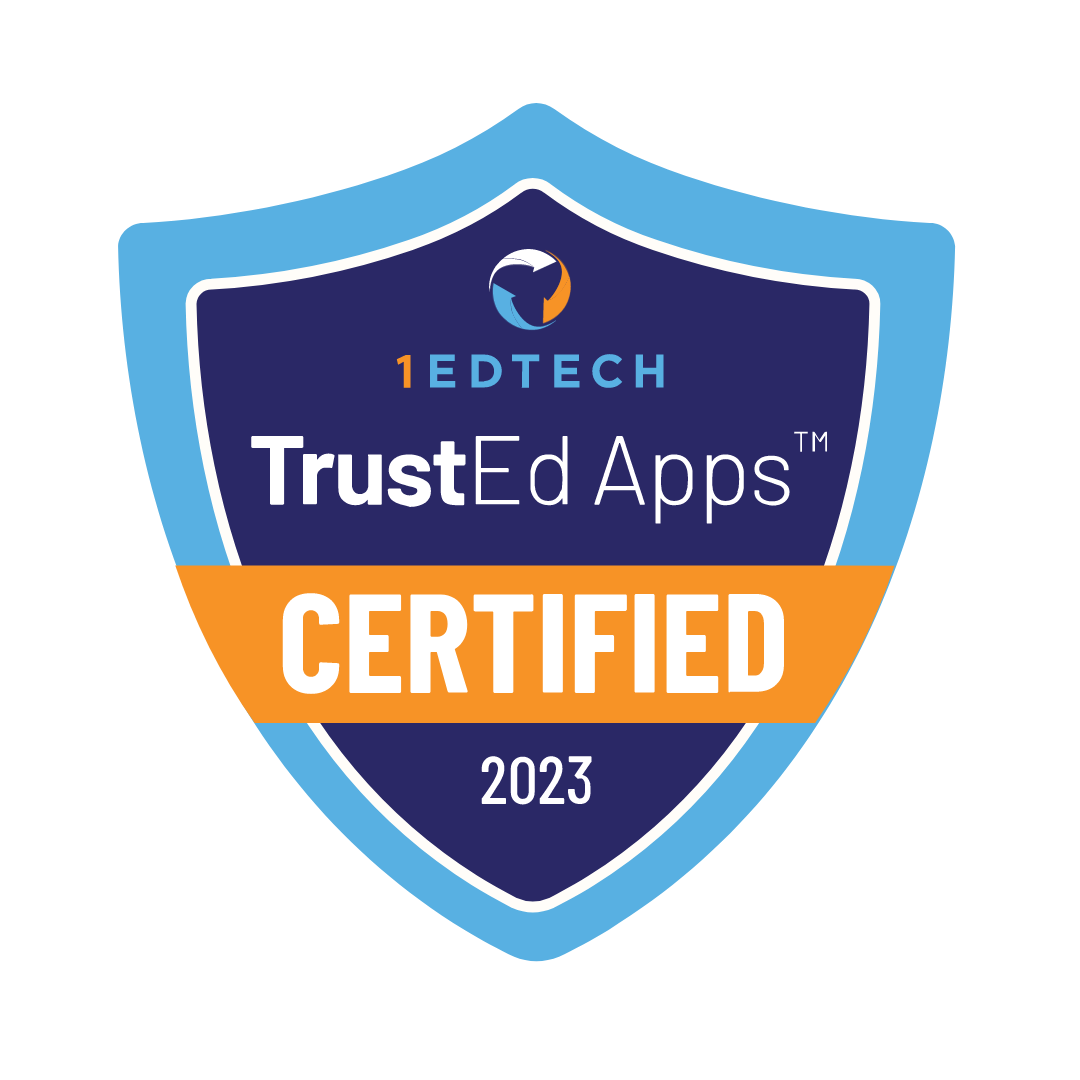Contents
- 1 The Online Classroom: More than just School Work
- 2 Challenges in Social Life for Online Schools
- 3 Navigating Social Obstacles on the Internet
- 4 Traditional and Online School Social Lives Comparison
- 5 Social Media: Connecting Educational Realms
- 6 Tools Improving Online Social Connections
- 7 Parents’ View on Socializing Online
- 8 Educators and Interactions on the Internet
- 9 Cyberbullying in Virtual Schools
- 10 Conclusion
A virtual classroom is commonly seen as a space for participating in lectures and handing in assignments. Nonetheless, it enables students from different regions of the world to communicate, work together on assignments, and participate in group conversations. This setting allows for connections that may not happen in regular classrooms because of geographic restrictions.
The Online Classroom: More than just School Work
Online school clubs and extracurricular activities are available for students to participate in.
- Students can join virtual clubs and take part in activities outside of regular class time.
- These online clubs and activities provide students with opportunities for social interaction and personal growth.
- Students can explore their interests and passions through a variety of virtual clubs and activities offered by their school.
Apart from academic activities, virtual schools provide additional activities like debate teams, coding clubs, and art groups. These websites enable students to follow their interests, improve their abilities, and communicate with classmates who have the same hobbies. For instance, participants in an internet book group from various nations can talk about a book, enhancing their comprehension and being exposed to a variety of viewpoints.
Challenges in Social Life for Online Schools
- Maintaining social connections can be difficult in virtual learning environments.
- It can be hard to form new friendships and interact with peers when classes are conducted online.
- Students may struggle to feel a sense of community and belonging in a digital classroom.
- Social skills such as communication and collaboration may not be as easily developed in an online school setting compared to traditional schools.
In spite of the opportunities, internet-based education comes with difficulties. The absence of being physically together can cause feelings of disconnection and solitude. Non-spoken signals are frequently overlooked in online conversations, which could lead to confusion.
These obstacles can be overcome. Utilizing interactive features such as breakout rooms and shared boards can improve virtual engagement. Frequent online gatherings and team events enhance team spirit. Schools can arrange orientation sessions and mentorship programs to help students adjust to the online social setting.

Traditional and Online School Social Lives Comparison
- Social interaction at traditional schools vs. online schools: At traditional schools, students interact face-to-face with their peers on a daily basis. On the other hand, at online schools, students primarily interact with their peers through virtual means, such as video calls, chat rooms, and discussion boards.
- Extracurricular activities and social events: Traditional schools offer a wide range of extracurricular activities and social events, such as sports teams, clubs, dances, and field trips. In contrast, online schools may have limited extracurricular options and fewer opportunities for in-person social events.
- Development of social skills: Attending a traditional school provides students with constant opportunities to develop social skills in various situations. Online school students may have fewer chances to practice and improve their social skills in face-to-face interactions.
Being close to someone allows for better communication through body language.
Online schools use electronic tools to help students interact with each other. Virtual meetings and team projects allow students to communicate and work together. Online schools have a worldwide reach, which enables students to make friends with peers from diverse cultures and expand their perspectives. Online schools provide a flexible way for students to have personalized social interactions.

Social Media: Connecting Educational Realms
Social networking sites allow students from brick-and-mortar and virtual schools to remain in contact, exchange ideas, and participate in conversations. Social media expands the virtual classroom for students who study online. For regular students, it extends discussions outside of school time.
- Developing a feeling of togetherness among people who live or work in the same area, neighborhood, or organization is important for their overall well-being and happiness.
- Encouraging a sense of belonging and connection can lead to increased collaboration, support, and positive relationships among members of the community.
- By organizing events, activities, and initiatives that bring people together, it is possible to strengthen the bonds within the community and create a more inclusive and supportive environment for everyone involved.
Both conventional and internet-based schools strive to create a strong feeling of togetherness. The aim is to give students a helpful setting where they can develop, gain knowledge, and build long-lasting connections.
“Education is the key that unlocks the golden door to freedom.”
— George Washington Carver

Tools Improving Online Social Connections
Communication tools such as video conferencing platforms imitate the Classroom experience by enabling live lectures and group collaborations. Characteristics such as breakout spaces enhance engagement during interactions. Students utilize these tools for online meetups and study gatherings.
Online event platforms hold events such as school fairs and talent shows, offering opportunities for students to display their skills and connect with people around the world. Interactive elements guarantee a complete event experience.
Gamification incorporates elements of games into the learning process, making interactions more interesting and enjoyable. Leaderboards and team challenges encourage teamwork and friendly competition.
Parents’ View on Socializing Online
Parents value the worldwide opportunities that online schools provide. Their kids can socialize with friends from diverse cultures. Nevertheless, worries regarding internet safety, such as cyberbullying and privacy violations, necessitate parents to supervise their children’s online activities while still giving them the liberty to explore.
Educators and Interactions on the Internet
Educators have adjusted to online teaching, dealing with a learning curve when it comes to new technologies. They play an important part in building a community by arranging group events and promoting interactions among peers. Establishing clear rules for online interactions and encouraging favorable communication fosters a wholesome social environment. Educators need to deal with problems such as cyberbullying by staying alert for signs of trouble and working with parents and authorities as needed.

Cyberbullying in Virtual Schools
‘Cyberbullying involves behaviors similar to traditional bullying, including verbal or relational aggression, but also includes unique elements such as viral repetition or widespread sharing of harmful messages’
Dr. Megan Moreno, National Institute of Justice
Cyberbullying has initially been a problem of offline schools, as it grew from the offline bullying. The problem has been researched extensively since the beginning of the rise of Social media. The most recent study of the issue published in International Journal of Environmental Research and Public Health in 2023. The paper titled “Has the COVID-19 Pandemic Affected Cyberbullying and Cybervictimization Prevalence among Children and Adolescents?” outlined these 10 key findings:
- During the COVID-19 pandemic, Cyberbullying rates increased by 25% in Asian countries and Australia.
- In Western countries, Cyberbullying rates decreased by 15% during the same period.
- 16 studies were included in this systematic review, focusing on Cyberbullying prevalence during 2020-2023.
- A total of 97% of adolescents in the reviewed studies reported being connected to the internet during the pandemic.
- The operational definitions of Cyberbullying varied across the studies, making comparisons challenging by about 40%.
- Studies from Asian countries showed a rise in aggressive online behavior among adolescents by 30%.
- Conversely, Western countries experienced a reduction in Cyberbullying by 20%, attributed to lockdown policies limiting school interactions.
- 45% of participants in the reviewed studies showed increased reliance on Social media, contributing to online conflicts.
- The review suggests that 50% of schools in Asian countries lacked effective anti-Cyberbullying programs during the pandemic.
- 70% of the reviewed studies called for policy reform to enhance Cyberbullying prevention in the post-pandemic era.
However, a study by Hannah L. Schacter of Wayne State University show that students face less bullying in Online Schools than in traditional physical schools. The research of ninth graders in the 2020–2021 school year discovered that students experienced less bullying when they were in online classes. The results indicate that virtual learning could provide a more secure setting for certain students.
Conclusion
Social interactions in online schooling offer special chances and difficulties. Adopting this digital environment is necessary for shaping the future of education.
Legacy Online School gives students all the main benefits of online education considering social and interpersonal of virtual group environments.
Students join a global community, gaining broader perspectives, while receiving real-time feedback from skilled teachers. These features make Legacy Online School a top choice for families looking for a balanced online education. Our school offers students benefits others don’t. These benefits include personalized support from teachers, building confidence, and other advantages that help kids socialize online in a safe and healthy way.
Visit Legacy Online School’s website to discover more.






